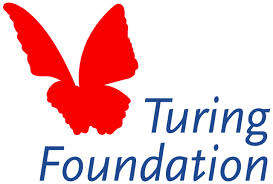
Project coordination
Oswaldo Cruz Foundation
Aim: The primary objective of this project is to obtain the inverse genomic signature of ENL based on the proposition that this drug signature should have a therapeutic benefit if it generates a gene expression profile that is the inverse of the signature associated with the ENL.
Full project title: Decoding Therapeutic Landscapes: Unravelling the Inverse Genomic Signature of Erythema Nodosum Leprosum (ENL) for Neutrophil-Targeted Interventions
Project summary
In recent studies, researchers have been meticulously analysing how our genes respond to infections. They focused on a condition called erythema nodosum leprosum (ENL), which affects people with leprosy. They compared the genes of leprosy patients with ENL to those without it, as well as to patients who started taking thalidomide, a medicine used to treat ENL in Brazil. Thalidomide typically helps reduce ENL symptoms within few days. Previously, they studied the genes in skin lesions of ENL patients and found certain genes linked to a type of white blood cell called neutrophils. Now, the research team wants to find the opposite pattern of genes, hoping it will lead to new treatments for ENL. The researchers plan to use computer analysis to find drugs that could target these genes and then test them in the lab using neutrophils from healthy people and leprosy patients with or without ENL. This meticulous research process ensures the validity of the findings and the potential to improve the lives of people affected by ENL.
